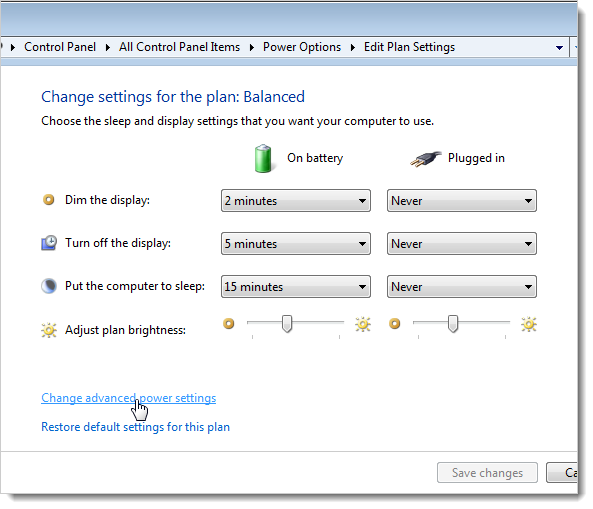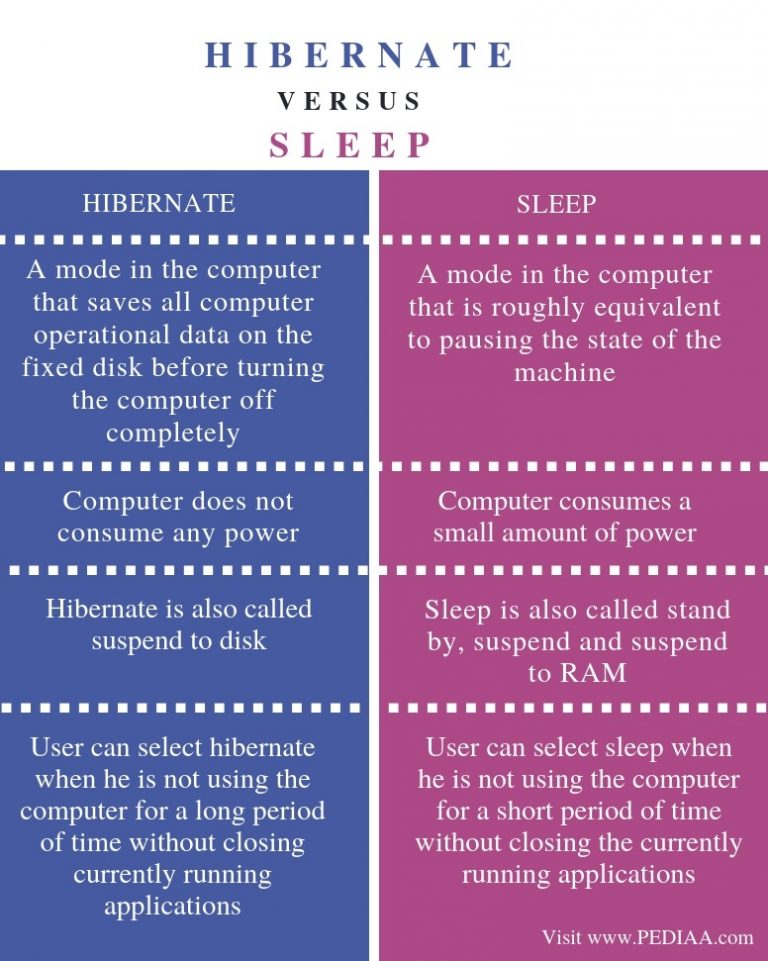

Instead of turning it off altogether and starting off from scratch, the Windows Hibernate will simply save your settings to the secondary drive and bring it up whenever the computer is powered up again. Using Windows Hibernate is your best bet if you are going away from your computer for a while. To get back in your workflow again, all you have to do is press the power button as you do at a normal Windows startup. Click on the Power button at the Start menu search bar, and you’ll see the option for Hibernate available on your screen.Īs soon as you click on the above option, your Windows 11 will go into hibernation. This will enable the Hibernate settings on your Windows 11 PC.

Under the Shutdown settings section, check the hibernate option, and click on Save changes.Now click on Change Settings that are currently unavailable.From there, click on Change what the power buttons do.On the Control Panel, select System and Security.To get started, go to the Start menu search bar, type in ‘control panel,’ and select the Best match. Here, too, you’ll have to turn on Hibernation for it to show up at the power option.
#Windows 10 power sleep vs hibernate how to
How to enable Hibernate in Windows 11Īgain, the process to hibernate Windows 11 is fundamentally similar to Windows 10 hibernation process from above, even if the specifics differ by a little. Press the power button on your laptop to bring back your laptop from hibernation. As soon as you click on Hibernate, all of your current work will be saved into the hard drive and your PC will turn off. From here, you can easily hibernate your Windows 10.Īnd that’s it, folks.

Now, when you navigate to the Power button again, you will have the option to Hibernate your Windows 10, right along with Shutdown and Sleep.


 0 kommentar(er)
0 kommentar(er)
